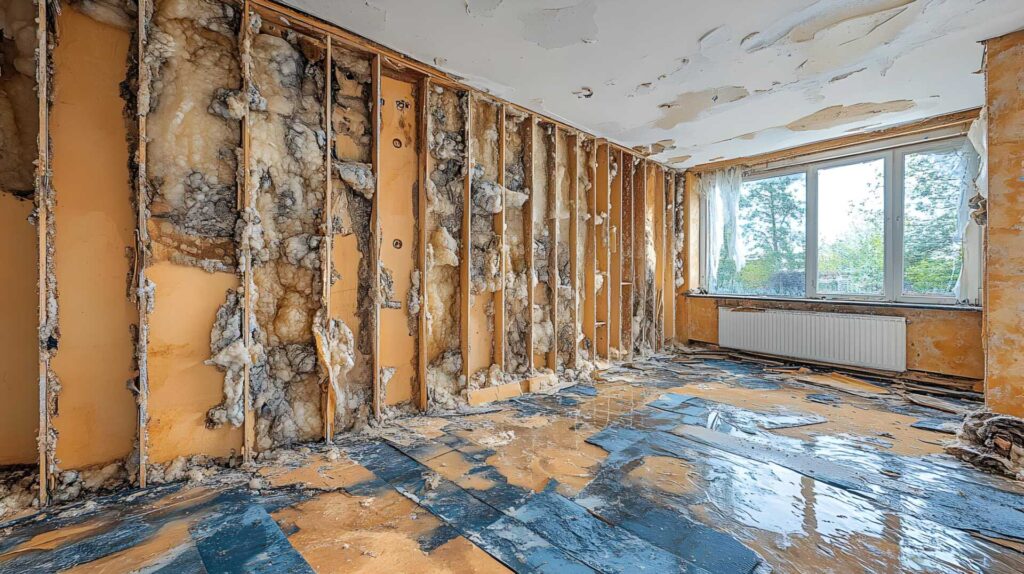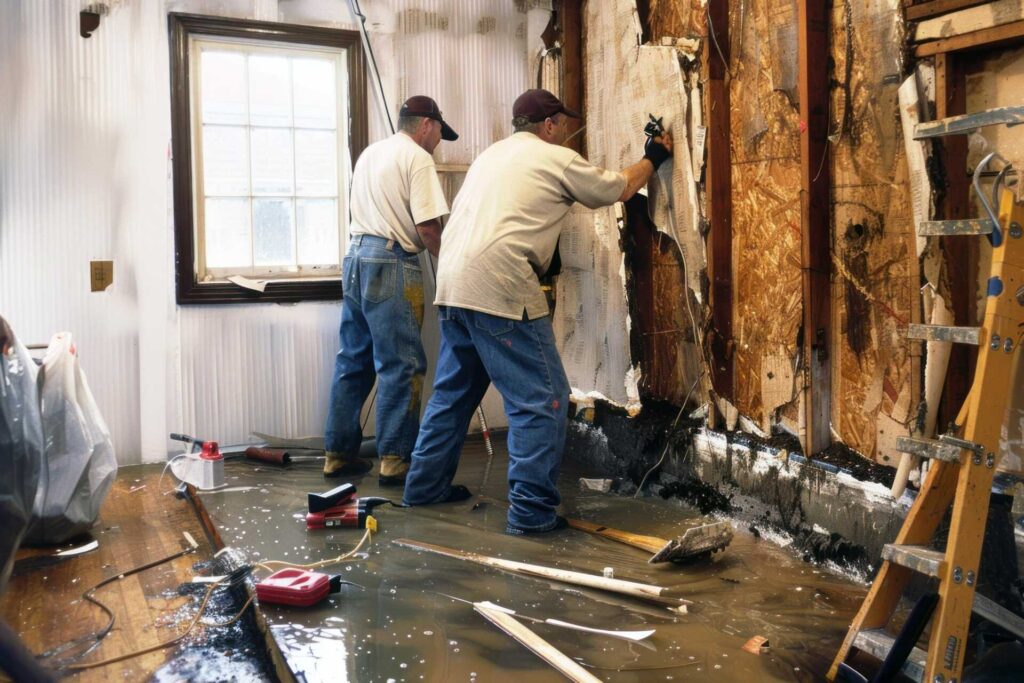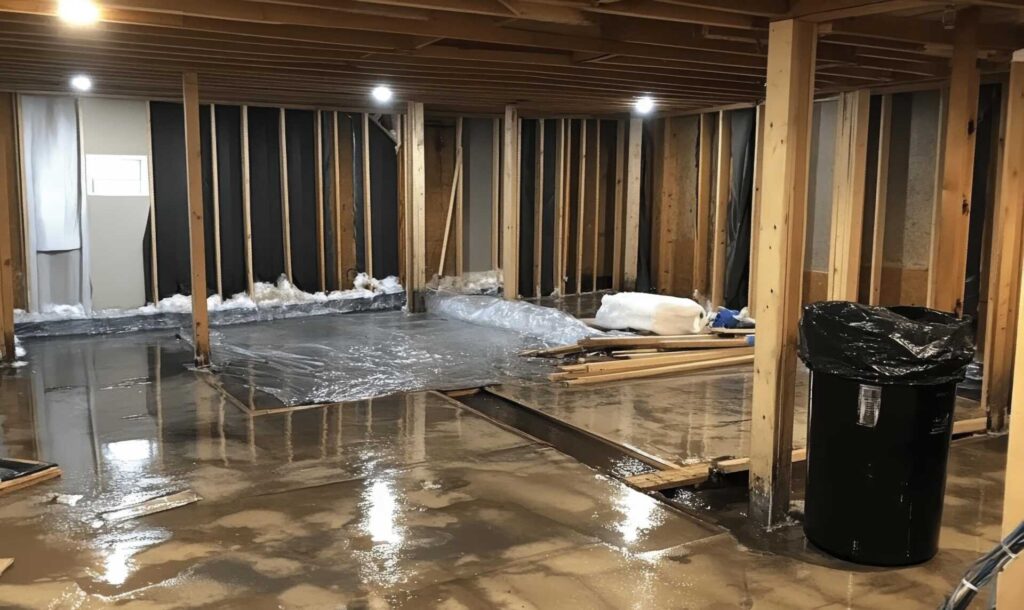Contents
Are your pipes showing signs of wear and tear? What is the lifespan of home plumbing? Wondering if it’s time to replace them? Well, you’ve come to the right place.
In this article, we’ll show you how to determine if your pipes are in need of replacement. From the age of the pipes to rusty or corroded sections, frequent leaks, low water pressure, or discolored water, we’ll cover it all.
So, let’s dive in and ensure your plumbing is in tip-top shape!
Key Takeaways
- Signs of pipe problems include water discoloration, foul odor, low water pressure, leaking pipes, unusual noises, mold growth, contaminated water, allergic reactions, respiratory issues, and waterborne diseases.
- Costly repairs associated with pipe problems include water damage restoration, structural damage, pipe replacement, and plumbing system overhaul, leading to increased utility bills.
- Taking early action can prevent further damage, save money on repairs, maintain water quality, ensure proper water flow, and minimize health risks.
- Factors indicating the need for pipe replacement include aging pipes (over 50 years), corrosion and rust, repetitive clogs, and burst pipes.
Age of the Pipes
If your pipes are over 50 years old, it’s time to consider replacing them. Aging pipes can cause a multitude of problems, from leaks to burst pipes, and can lead to significant damage to your home. As a homeowner who desires to serve others, it’s crucial to pay attention to the age of your pipes and take necessary action to prevent potential disasters.
Old pipes are more vulnerable to corrosion and deterioration. Over time, the constant flow of water can cause wear and tear on the pipes, leading to weakened structures. These weakened pipes are more likely to develop leaks, which can result in water damage, mold growth, and even structural issues. Additionally, older pipes may be made of outdated materials, such as galvanized steel or polybutylene, which are more susceptible to damage and prone to failure.
Replacing your old pipes with newer materials, such as copper or PVC, can provide numerous benefits. Modern pipes are designed to be more durable and resistant to corrosion, ensuring a longer lifespan. By investing in new pipes, you can avoid the hassle and expense of frequent repairs caused by aging pipes.
Regular inspections by a professional plumber can help determine the condition of your pipes and identify any signs of deterioration. They can provide expert advice on whether your pipes need replacement and guide you through the process.
Rusty or Corroded Pipes
As a homeowner, you need to be aware of the condition of your pipes, especially if they are over 50 years old, as rusty or corroded pipes can lead to serious plumbing issues. Rusty or corroded pipes are not only unsightly, but they can also cause water leaks, low water pressure, and even contamination of your water supply. It is important to recognize the signs of rust or corrosion in your pipes and take prompt action to prevent further damage.
One way to identify rusty or corroded pipes is by checking the color of your water. If you notice a reddish or brownish tint to your water, it could be a sign of rust in your pipes. Additionally, if you see any flaky or discolored patches on your pipes, it is likely that corrosion is occurring. Another indicator is a metallic taste in your water, which can occur when rust or corrosion particles mix with the water.
To help you determine whether your pipes are rusty or corroded, here is a table outlining the common signs and symptoms:
| Signs and Symptoms | Description |
|---|---|
| Discolored Water | Reddish or brownish tint in your water |
| Flaky or Discolored Patches | Visible signs of rust or corrosion on the pipes |
| Metallic Taste | Unpleasant taste in your water |
If you notice any of these signs, it is essential to contact a professional plumber who can assess the extent of the damage and recommend the best course of action. Ignoring rusty or corroded pipes can lead to costly repairs or even a complete pipe replacement. By addressing the issue promptly, you can ensure the longevity and functionality of your plumbing system while also safeguarding the health and safety of your household.
Frequent Leaks or Burst Pipes
If you regularly experience frequent leaks or burst pipes in your home, it may be a clear indication that your pipes are in need of replacement. Dealing with constant leaks or burst pipes can be extremely frustrating, not to mention the potential damage they can cause to your property. It’s important to address this issue promptly to avoid further complications and expenses.
Frequent leaks or burst pipes can occur due to various reasons. Aging pipes, corrosion, and poor installation are common culprits. Over time, pipes can deteriorate, leading to weak spots and cracks. These weak areas are prone to leaks and bursts under pressure. Additionally, if your pipes are made of outdated materials such as galvanized steel or polybutylene, they’re more likely to experience issues.
Ignoring frequent leaks or burst pipes can have serious consequences. The constant water damage can weaken the structure of your home, leading to mold growth, rotting wood, and damaged foundations. Moreover, the water leakage can result in increased water bills and wasted natural resources.
To address this issue, it’s recommended to consult with a professional plumber. They’ll assess the condition of your pipes and determine if replacement is necessary. Modern pipes made of materials like copper or PVC are more durable and resistant to corrosion. Replacing your old pipes with new ones won’t only prevent further leaks and bursts but also enhance the overall efficiency of your plumbing system.
Low Water Pressure
When experiencing frequent leaks or burst pipes, another indication that your pipes may need to be replaced is low water pressure. Low water pressure can be frustrating and inconvenient, making it difficult to complete everyday tasks such as showering, washing dishes, or watering your plants. If you notice a decrease in water pressure throughout your home, it’s important to address the issue promptly to prevent further damage to your plumbing system.
There are several possible causes for low water pressure. One common cause is a buildup of mineral deposits inside your pipes, which can restrict the flow of water. Over time, these deposits can accumulate and cause blockages, resulting in reduced water pressure. Another possible cause is a leak or a crack in your pipes. When there’s a leak, water may be escaping before it reaches your faucets, causing a decrease in pressure. Additionally, if your pipes are old and deteriorating, they may have become corroded or damaged, leading to low water pressure.
If you’re experiencing low water pressure, it’s recommended to consult a professional plumber to assess the situation. They’ll be able to determine the exact cause of the issue and provide the appropriate solution. In some cases, a simple pipe cleaning or repair may be sufficient to restore water pressure. However, if the pipes are severely damaged or corroded, it may be necessary to replace them entirely.
Discolored or Foul-smelling Water
If you notice a significant change in the color or smell of your water, it may be a sign that your pipes need to be replaced. Discolored or foul-smelling water isn’t only unpleasant but can also indicate underlying issues with your plumbing system. When your water appears brown, yellow, or cloudy, it could mean that your pipes are rusting or corroded. This can happen over time due to the age of your pipes or the quality of your water supply.
Foul-smelling water, on the other hand, may be a result of bacteria growth in your pipes. This can occur when there’s a buildup of organic material or when your pipes are contaminated with external sources. It’s important to address these issues promptly to prevent further damage to your plumbing system and ensure the safety of your water supply.
Replacing your pipes is a complex task that requires professional expertise. A licensed plumber can assess the condition of your pipes and determine the best course of action. They may recommend a complete pipe replacement or targeted repairs, depending on the extent of the damage. By investing in new pipes, you can improve the quality and safety of your water supply. New pipes are less likely to rust, corrode, or develop bacterial growth, ensuring that you have clean and clear water flowing through your taps.
If you’re experiencing discolored or foul-smelling water, don’t hesitate to contact a professional plumber. They can help diagnose the issue and provide you with the necessary solutions. Remember, addressing these problems early on can save you from costly repairs and potential health hazards. So, don’t ignore any changes in your water’s color or smell and take action to replace your pipes if needed.
Conclusion
In conclusion, if you notice signs such as old age, rust or corrosion, frequent leaks or burst pipes, low water pressure, and discolored or foul-smelling water, it’s likely that your pipes need to be replaced.
It’s important to address these issues promptly to avoid further damage and potential health risks.
Contact a professional plumber to assess the condition of your pipes and determine the best course of action for replacement.




